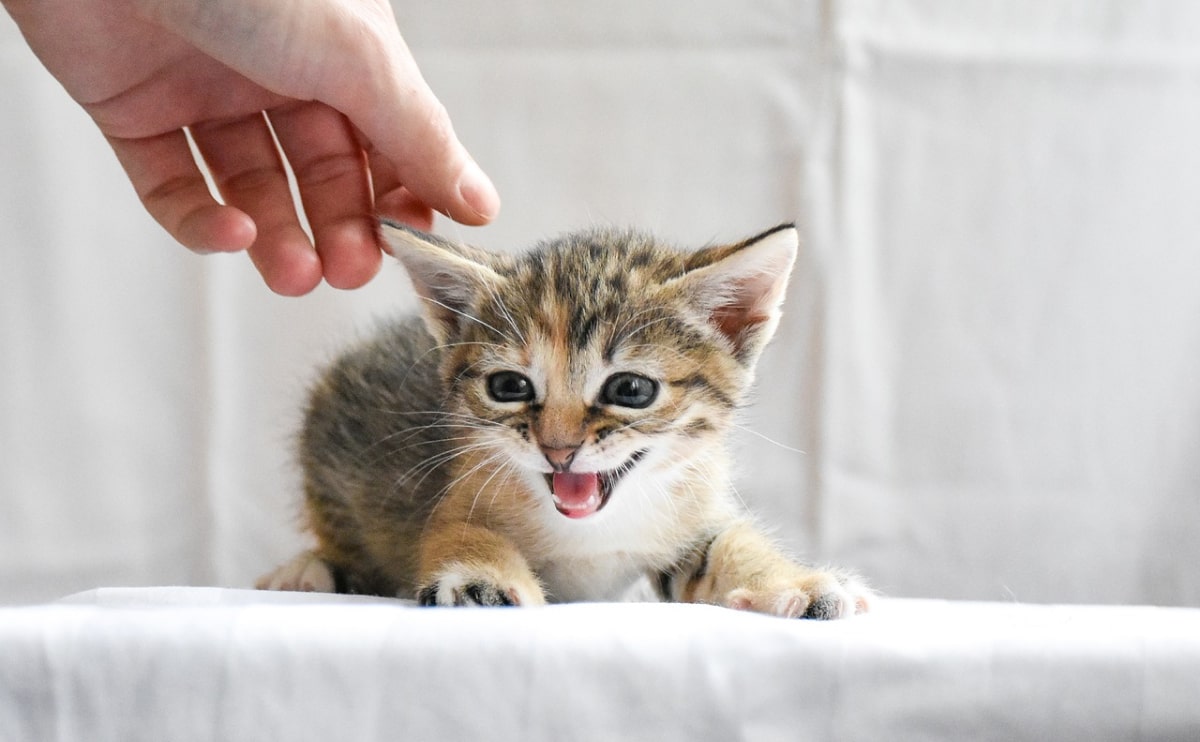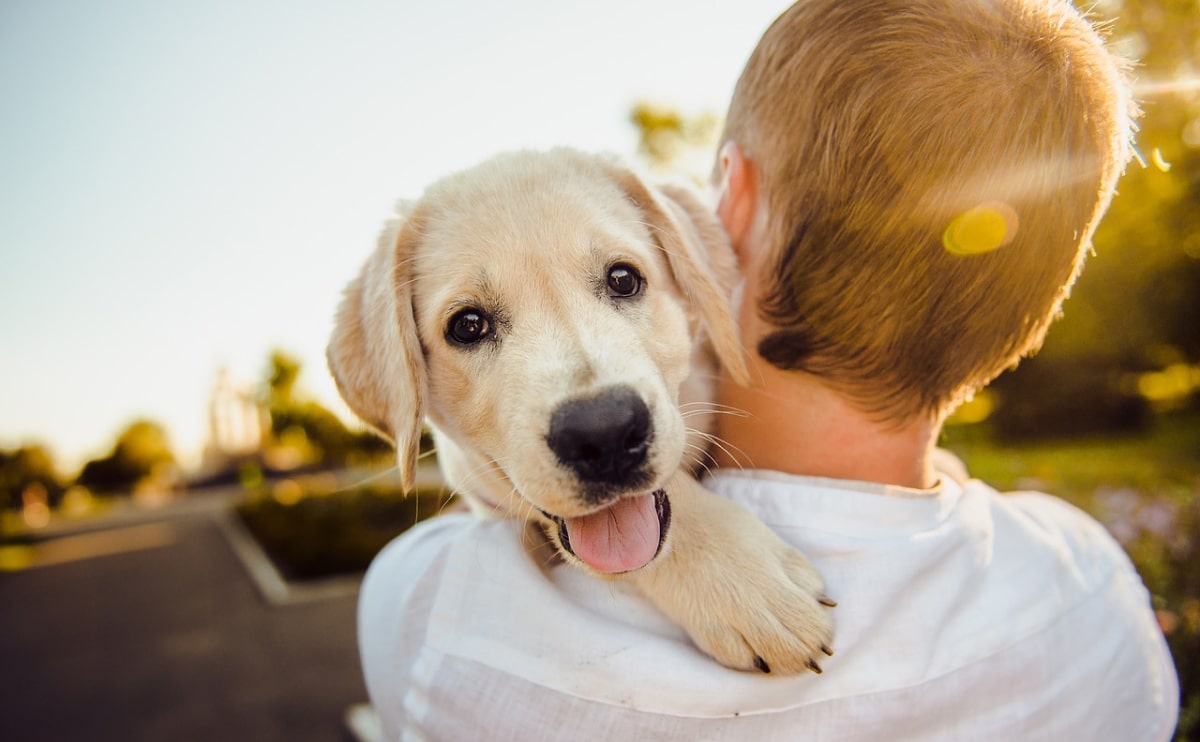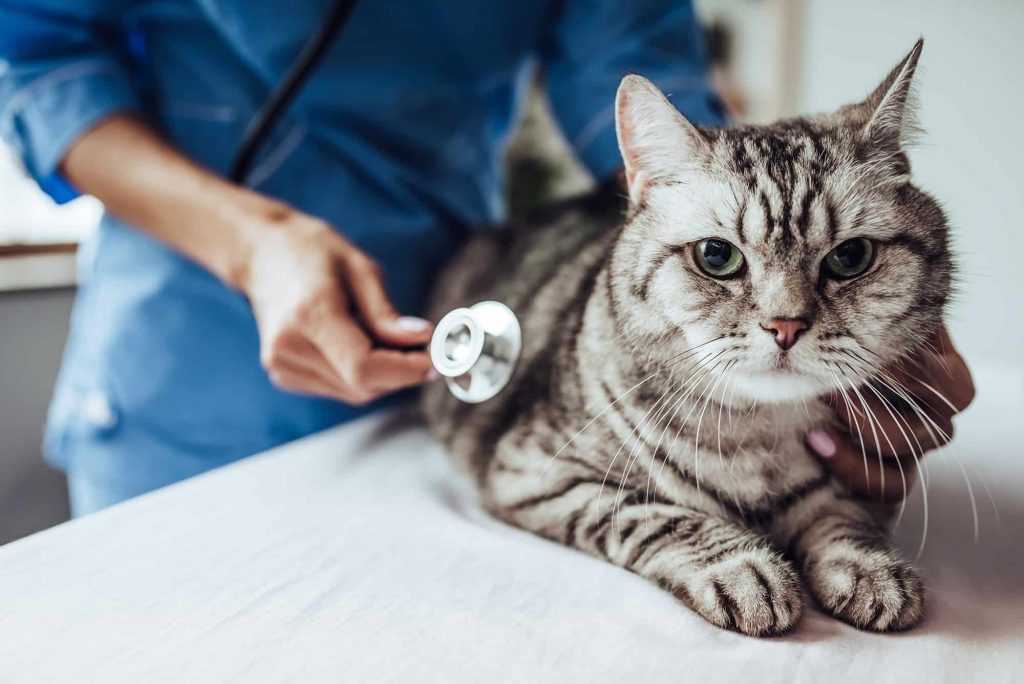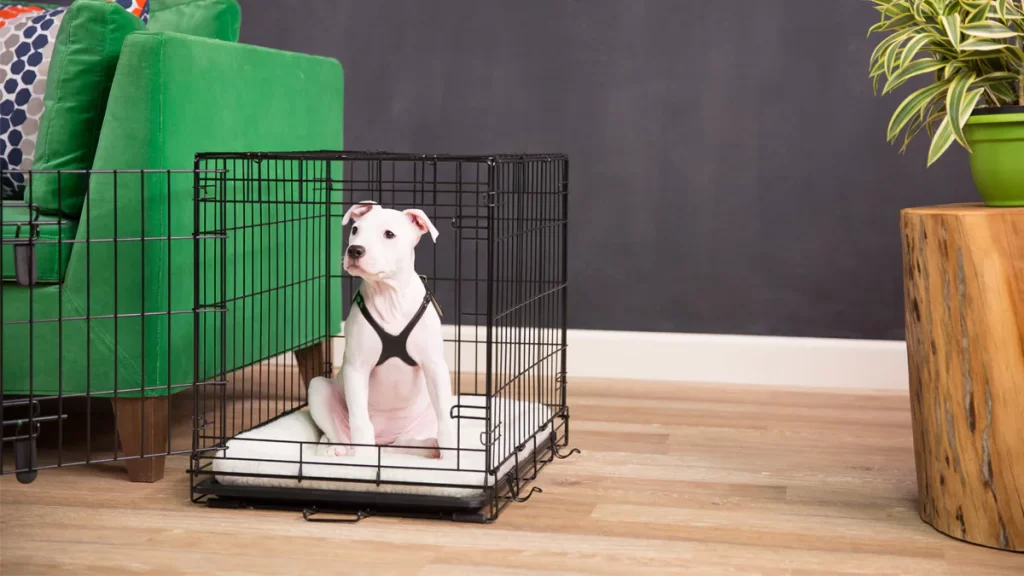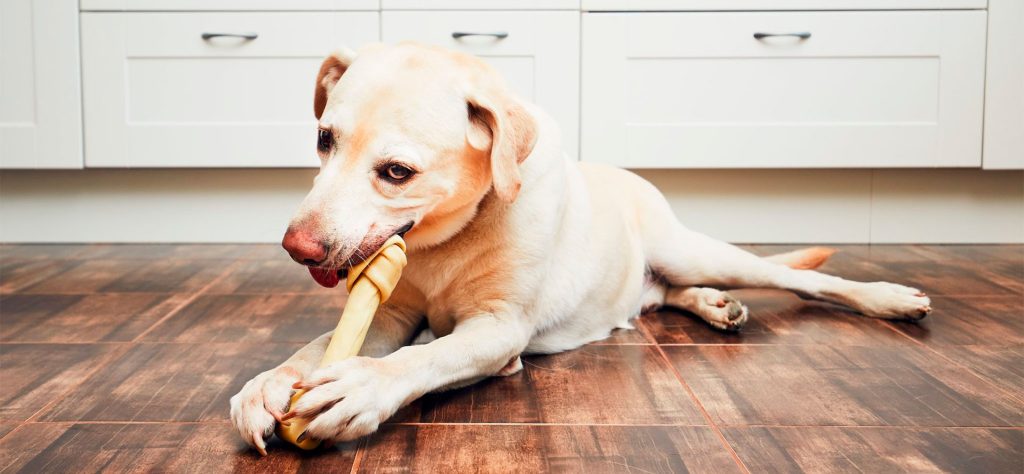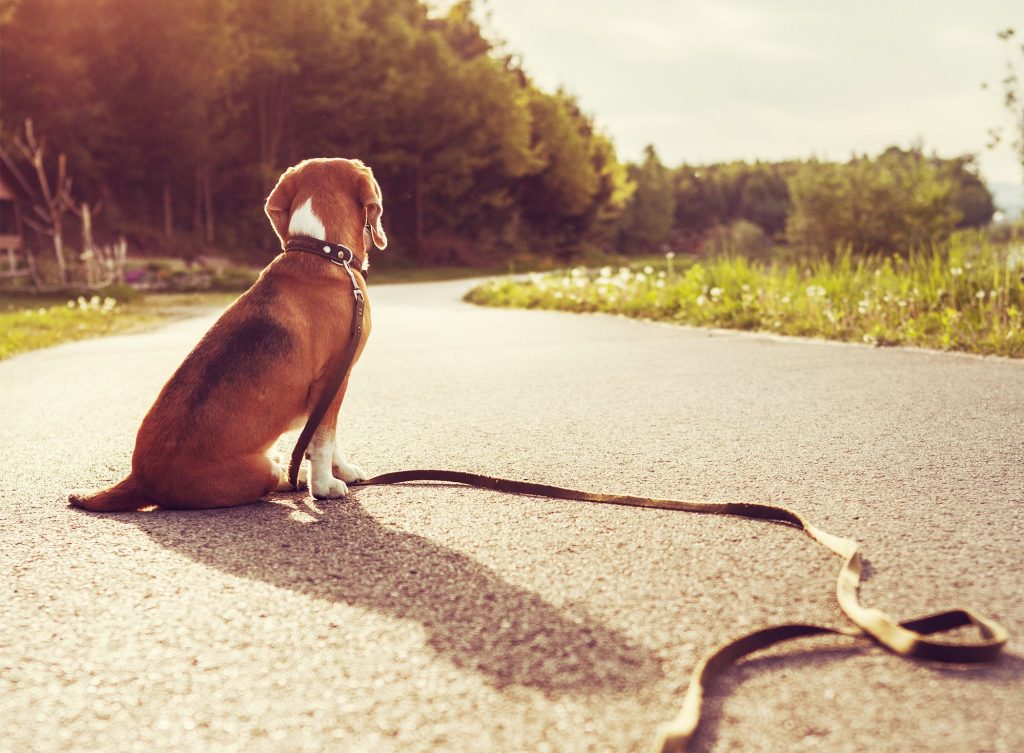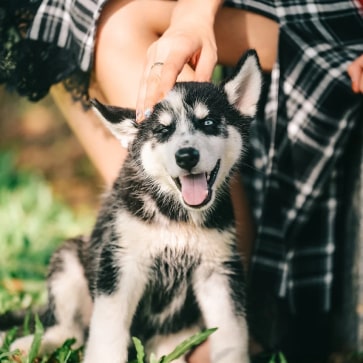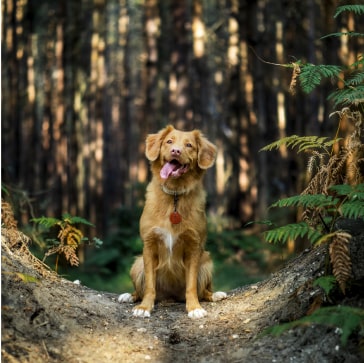Blog

The Meaning of 6 Typical Dog Behaviors

A dog’s personality is just as unique as that of its owner. For the most part, you’ll come across a dog that’s different from the ones you’ve had your whole life. However, keep this in mind. The absence of a particular behavior in your prior pets doesn’t always suggest that your present dog is behaving abnormally. Check out this collection of frequent canine habits, their meanings, and possible solutions. To be more specific, I’m talking about:
1. Panting
Panting is a means for dogs to “sweat” and cool down when they’re overheated, because they don’t sweat like humans. If it’s hot outside or your dog has been playing hard, this is what you’re likely to see. Make sure your pet gets plenty of water before, during, and after any vigorous activity or lengthy time spent outside in order to help him stay cool. Purchase a portable bowl that you can fill up on the go if you’re going to be on the go a lot.
A sign of tension or pain might be that your dog is panting despite the fact that it is cold outside and that he hasn’t been active. In what new circumstance does this make him nervous??” Do you know whether he’s had an injury or is sick recently? If you’re worried about your dog’s excessive panting, make an appointment with your veterinarian right away.
2. Chewing
Again, dogs and people are quite similar. To soothe teething babies, you may remember them gnawing on teething rings or other comfort objects. If you recently brought home a puppy, he may be showing signs of chewing as a result of his new surroundings. Dogs’ natural instinct to chew on things continues well into maturity, so it’s a good idea to have a variety of dog chew toys on hand.
Even if they have a toy, some dogs will chew on furniture, shoes, clothes, or other objects. If you leave them alone for any length of time, this is especially true. A dog that chews on things he shouldn’t may have general or separation anxiety. Even if you’re at home, put away anything you don’t want your dog to eat. Make sure your pet isn’t chewing while you’re out of town by crate training him or her. They prefer a more intimate setting because they perceive it to be safer. If crate training makes them anxious, you might want to try dropping them off at a doggy daycare or with a family member or friend.
3. Jumping
When visitors or family members enter the house, many dogs jump up on them, which is often taken as a kind, if a little too boisterous, greeting. Dogs, on the other hand, use leaping to demonstrate that they are the alpha dog in the household. This supports their perception that they are the “top dog,” so to speak, by allowing them to pounce on you Dogs and cats should be taught not to leap on people. Since kids won’t damage your visitors or themselves during their enthusiasm, it is also safer.
4. Barking
You should anticipate your dog to bark from time to time, especially when someone knocks on the door or if they detect danger in the shape of a human being or animal they don’t know. You and any other pets in your home will be able to converse with your dog this way. Barking may be an issue if it gets out of hand. Take a step back and think about why your dog is barking so that you can find a solution.
Is he attempting to catch your attention with this? It’s possible he’s anxious about something. Give him as little attention as possible; otherwise, he will become more prone to the behavior. It’s better to ignore him until he calms down before rewarding him. To make matters worse, screaming at a dog who barks incessantly will just reinforce his perception that there is danger. Instead, use a soothing tone of voice to bring him back to his senses. It’s also possible that excessive barking is a sign of stress. Ask yourself if there have been any changes in your home recently, and if so, contact your veterinarian to discuss the situation.
5. Digging
When it comes to digging, a dog’s natural instincts have been passed down through the generations. Be prepared for it when you have a terrier for the first time, as this is extremely common in the breed. There are a variety of ways that dogs that live together may “dig” for toys or food, such as in the yard or in the cushions of the couch. This might be done to cool off, or just because they’re looking for a place to rest their bodies. As a whole, this isn’t a big deal. A veterinarian may be able to offer advice if an animal’s “digging” behavior is causing harm to the furniture or blankets in the house.
6. Biting
Because of this, dog owners are concerned about their pets biting, but this does not necessarily indicate that the dog is aiming to attack. In particular, if you have a puppy, this is important to keep in mind. During playfulness, puppies will nip to learn how to convey their needs and wants. It is critical to refocus his attention and give him praise when he behaves well to avoid a potentially harmful situation as he matures. Using a professional trainer if an older dog attacks out of fear or general hostility is the best course of action.
In moderation, most of your dog’s actions are quite natural. There’s no need to be alarmed if they’re not bothering you or your pet in any way. If you’re concerned about your pet’s health, don’t hesitate to contact your veterinarian. This assures that he is in the greatest possible health.
Petstup is an official re-seller of the many well-known pets brands, focused on improving the lives of pets, pet parents and our partners. We proudly offer a large variety of pet nutrition products and supplies competitively priced for dogs, cats, reptiles, fish, birds and small animals. Petstup is your one stop shop for all your pet’s needs. All our products are authentic, and pass all mandatory United States standards and veterinary practices. We run several warehouses across the United States to serve you better and faster.







